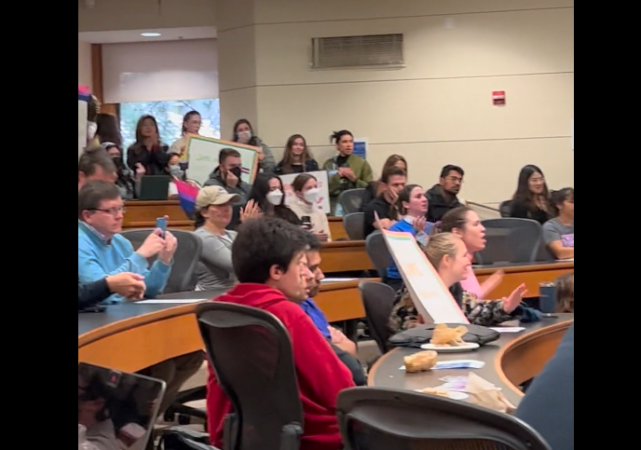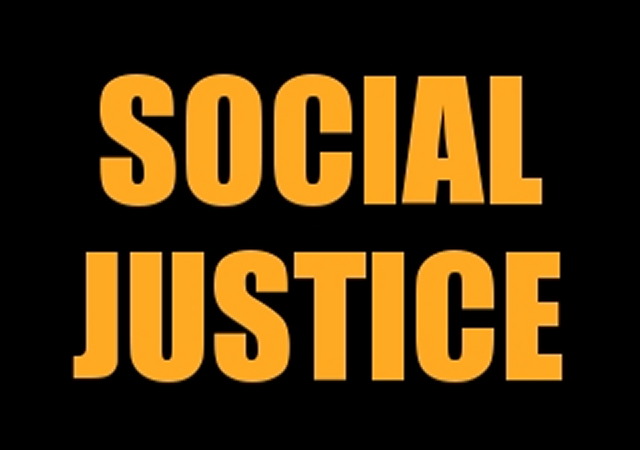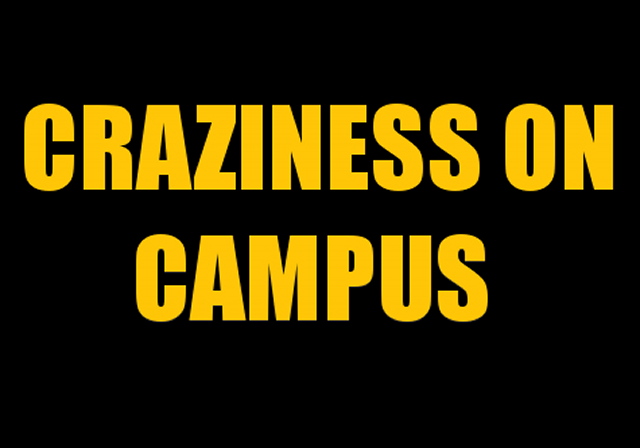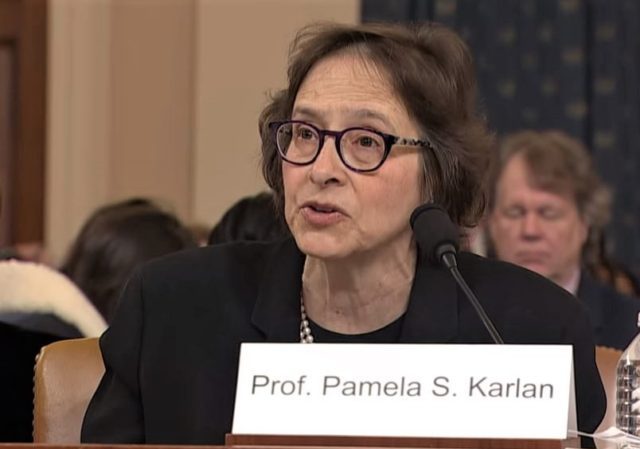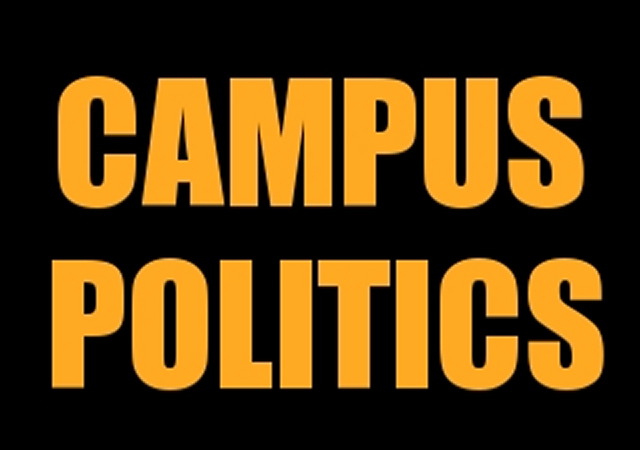Privacy advocates
cheered when Apple announced last month that an updated encryption scheme would disallow Apple from bypassing user passcodes at the request of law enforcement officials armed with search warrants.
Now, the Justice Department is fighting back against these updates, and they're using an ancient tactic to do it.
The
Wall Street Journal explains:
That technological shift prompted tense private meetings this fall between Apple and Justice Department lawyers...
Amid that standoff, the government on Oct. 10 obtained a search warrant to examine the contents of the phone in the credit-card case. The phone was locked, so prosecutors asked U.S. Magistrate Judge Gabriel Gorenstein to order the manufacturer to unlock it. They cited the All Writs Act, originally part of a 1789 law that gives courts broad authority to carry out their duties.
Judge Gorenstein agreed. “It is appropriate to order the manufacturer here to attempt to unlock the cellphone so that the warrant may be executed as originally contemplated,” he wrote on Oct. 31. The judge gave the manufacturer, referred to only as “[XXX], Inc.,” five business days after receiving the order to protest.
Much remains unknown, including the maker of the phone, and what happened next. The language of the opinion suggests it could apply to a company like Apple. The order is directed at the “manufacturer of the cellphone,” and Apple is one of the few companies that produce both the phone itself and the software that would manage the encryption.
The order (full embed at bottom of post) was signed and published by a federal magistrate; this is significant because, as the article above explains, these types of decisions don't normally come down in a published opinion. (Magistrates usually just sign an order granting or denying a request.)
The fact that this decision is now published is a signal to other judges who may examine it that we could be looking at the development of a new legal precedent to answer evolving technology.

